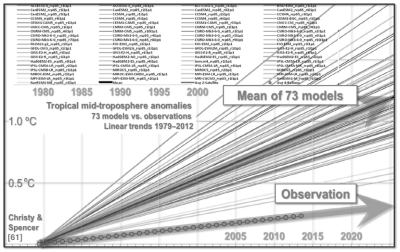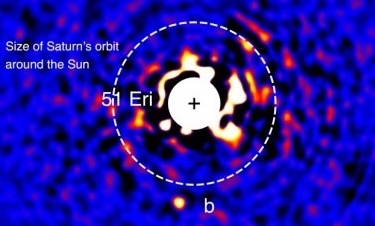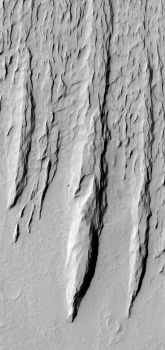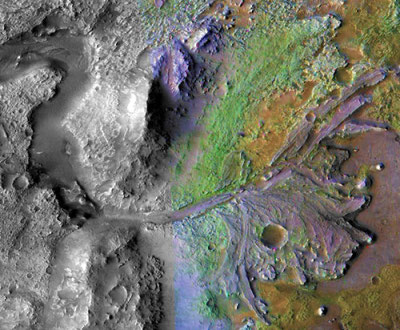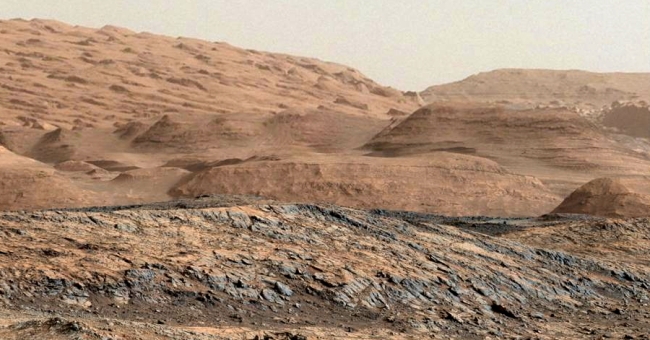Russia to do all-female simulated Moon mission
The competition heats up: The Institute of Biomedical Problems in Moscow has announced plans to do an all-female eight day simulated mission to the Moon.
Currently scheduled for October-November 2015, the experiment will differ from the Mars-500 venture not just in duration but most notably in crew composition. For Moon-2015, all the participants will be women, drawn from the staff at IBMP itself.
In their July announcement, IBMP named the ten volunteers from whom the actual crew will be chosen. All have strong scientific, medical or research backgrounds and many have worked in the space or aviation medicine sphere, working closely with cosmonauts before or after visits to the International Space Station (ISS).
The Institute’s focus is medical, so the goal is not to develop engineering to get to the Moon but to study the human body and how it reacts to living in a spacecraft environment. In this case, they can’t simulate weightlessness so the only thing they can study is how the crew interacts with each other in a confined space for a period of time.
The competition heats up: The Institute of Biomedical Problems in Moscow has announced plans to do an all-female eight day simulated mission to the Moon.
Currently scheduled for October-November 2015, the experiment will differ from the Mars-500 venture not just in duration but most notably in crew composition. For Moon-2015, all the participants will be women, drawn from the staff at IBMP itself.
In their July announcement, IBMP named the ten volunteers from whom the actual crew will be chosen. All have strong scientific, medical or research backgrounds and many have worked in the space or aviation medicine sphere, working closely with cosmonauts before or after visits to the International Space Station (ISS).
The Institute’s focus is medical, so the goal is not to develop engineering to get to the Moon but to study the human body and how it reacts to living in a spacecraft environment. In this case, they can’t simulate weightlessness so the only thing they can study is how the crew interacts with each other in a confined space for a period of time.

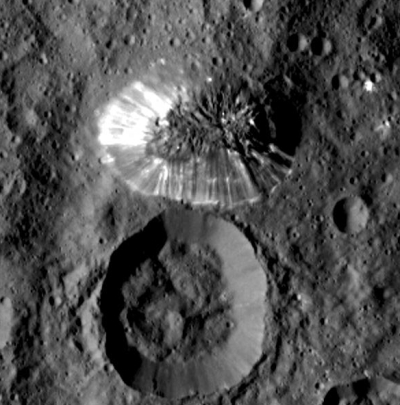 />
/>

